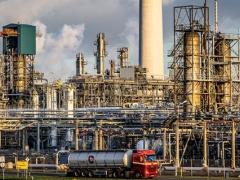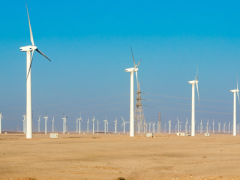Scenarios towards limiting global mean temperature increase below 1.5 °C
The 2015 Paris Agreement calls for countries to pursue efforts to limit global-mean temperature rise to 1.5 °C. The transition pathways that can meet such a target have not, however, been extensively explored. Here we describe scenarios that limit end-of-century radiative forcing to 1.9 W m−2, and consequently restrict median warming in the year 2100 to below 1.5 °C.
We use six integrated assessment models and a simple climate model, under different socio-economic, technological and resource assumptions from five Shared Socio-economic Pathways (SSPs).
Some, but not all, SSPs are amenable to pathways to 1.5 °C. Successful 1.9 W m−2 scenarios are characterized by a rapid shift away from traditional fossil-fuel use towards large-scale low-carbon energy supplies, reduced energy use, and carbon-dioxide removal.
However, 1.9 W m−2 scenarios could not be achieved in several models under SSPs with strong inequalities, high baseline fossil-fuel use, or scattered short-term climate policy. Further research can help policy-makers to understand the real-world implications of these scenarios.
This article is available on the publisher’s website via restricted access.
Authors
Specifications
- Publication title
- Scenarios towards limiting global mean temperature increase below 1.5 °C
- Publication date
- 5 March 2018
- Publication type
- Publicatie
- Magazine
- Nature Climate Change
- Product number
- 3247




